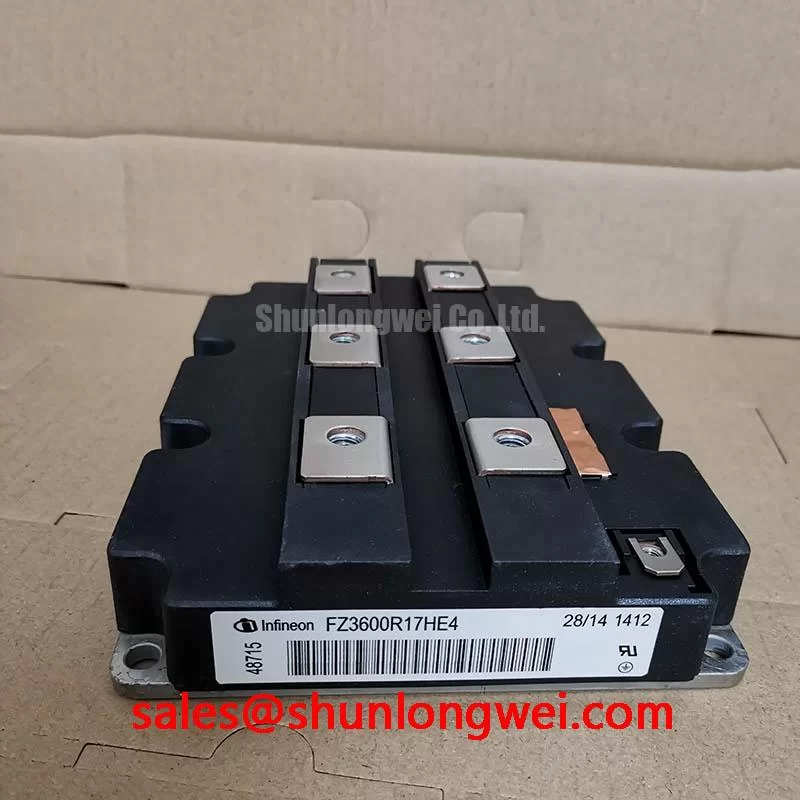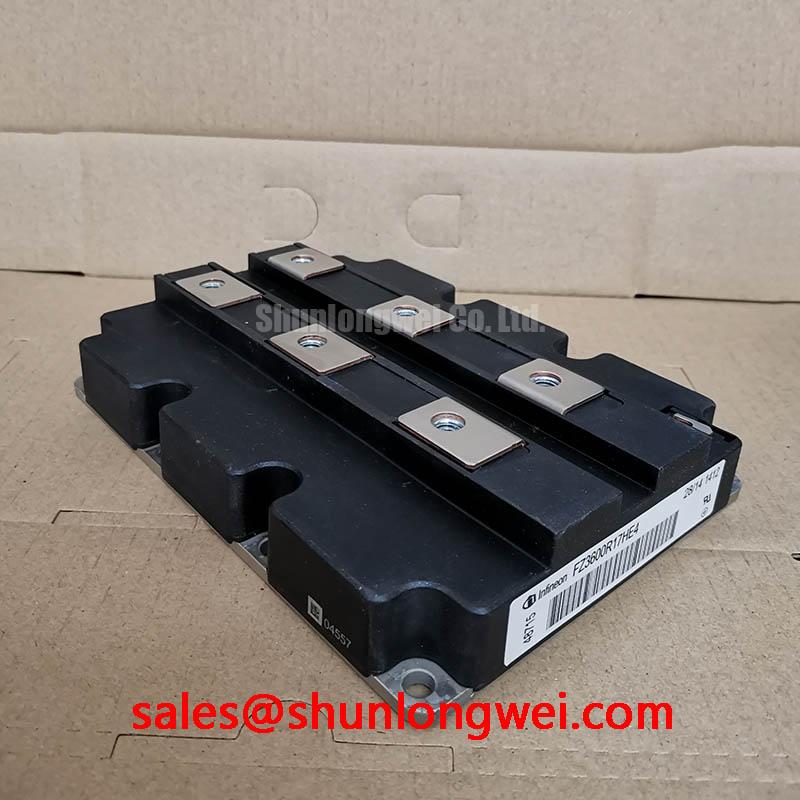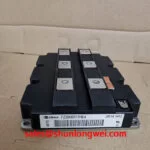Content last revised on November 20, 2025
Infineon FZ3600R17HE4: Engineering Analysis of a 3600A, 1700V High Power IGBT Module
An In-Depth Review for High-Reliability Power Systems
The Infineon FZ3600R17HE4 is a high-power single switch IGBT module engineered for extreme power conversion applications. It delivers unparalleled current handling and robust thermal performance, defined by its core specifications of 1700V | 3600A | VCEsat 1.90V (typ.). Key engineering benefits include minimized conduction losses and enhanced system reliability under demanding thermal loads. This module directly addresses the challenge of achieving high power density in multi-megawatt systems without compromising operational lifetime. For multi-megawatt Medium Voltage Drives requiring maximum current density and thermal reliability, the FZ3600R17HE4 is the definitive choice.
Application Scenarios & Value
Enabling Multi-Megawatt Systems with Enhanced Thermal Stability
The FZ3600R17HE4 is engineered for deployment in the most demanding high-power conversion systems where reliability and efficiency are paramount. Its massive 3600A nominal current rating makes it a cornerstone component for applications such as Medium Voltage Drives (MVDs) used in mining, marine propulsion, and industrial processing. In these systems, a primary engineering challenge is managing the immense thermal load generated during operation. The module's exceptionally low typical on-state voltage (VCEsat) of 1.90V at nominal current directly mitigates this challenge by significantly reducing conduction losses, a primary source of waste heat.
What is the primary benefit of its low VCEsat? Minimized conduction losses and reduced cooling requirements. This characteristic allows system designers to specify smaller, more cost-effective heatsinks and simplifies the overall thermal management architecture. The result is a more compact, reliable, and energy-efficient inverter. This module is also a critical enabler for large-scale grid infrastructure, including utility-scale solar and wind power inverters and Static Synchronous Compensator (STATCOM) systems, where maximizing power throughput and ensuring long-term operational stability are key performance indicators. For systems operating at similar voltage levels but with lower current demands, the related FZ1200R17HE4 offers a scaled-down current capability within the same voltage class.
Key Parameter Overview
Key Specifications for Thermal and Electrical Design
The technical specifications of the FZ3600R17HE4 are tailored for high-power, high-reliability applications. The following parameters are critical for system design, simulation, and thermal modeling.
| Parameter | Symbol | Value | Condition |
|---|---|---|---|
| Collector-Emitter Voltage | V_CES | 1700 V | T_vj = 25°C |
| Continuous Collector Current | I_Cnom | 3600 A | T_C = 80°C |
| Repetitive Peak Collector Current | I_CRM | 7200 A | t_p = 1 ms |
| Collector-Emitter Saturation Voltage (typ.) | V_CEsat | 1.90 V | I_C = 3600 A, V_GE = 15 V, T_vj = 125°C |
| Gate-Emitter Threshold Voltage | V_GE(th) | 5.0 V - 6.5 V | I_C = 140 mA, V_CE = V_GE, T_vj = 25°C |
| Thermal Resistance, Junction to Case | R_thJC | max. 0.005 K/W | per IGBT |
| Operating Junction Temperature | T_vj op | -40 to 150 °C |
Download the FZ3600R17HE4 datasheet for detailed specifications and performance curves.
Technical Deep Dive
A Deeper Look at Thermal Resistance and its Impact on System Reliability
A critical parameter dictating the real-world performance of a high-power module is its thermal resistance from junction to case (R_thJC). For the FZ3600R17HE4, the maximum R_thJC is an exceptionally low 0.005 K/W. This value represents the efficiency with which heat can be transferred from the active silicon die to the module's baseplate. A lower R_thJC means a smaller temperature rise at the junction for a given amount of power dissipation, which is fundamental to long-term reliability.
Think of R_thJC as the "bottleneck" for heat evacuation. The module's low thermal resistance is like having a wide, unobstructed highway for heat to travel from the chip to the heatsink. This ensures that even under full load conditions, the junction temperature can be kept well within the safe operating area, preventing accelerated aging and increasing the power cycling capability of the device. This superior thermal design is a key factor that enables the FZ3600R17HE4 to reliably handle its massive 3600A current rating, directly impacting the operational lifetime and maintenance intervals of the end system. For a more comprehensive understanding of this topic, explore this guide on unlocking IGBT thermal performance.
Frequently Asked Questions
How does the 1700V V_CES rating benefit system design?The 1700V collector-emitter voltage provides a substantial safety margin for inverters operating with DC link voltages up to 1200V. This is crucial for handling voltage overshoots caused by stray inductances during high-current switching events, thereby enhancing the robustness and reliability of the overall system, especially in applications like Medium Voltage Drives.
What is the significance of the low V_CEsat in a 3600A module?In a module handling 3600A, every millivolt of on-state voltage drop contributes significantly to power loss (P = V * I). The low V_CEsat of 1.90V minimizes this conduction loss, which translates directly into less heat generation. This reduces the burden on the cooling system, allows for higher power density, and improves the overall energy efficiency of the power converter.
Is this module suitable for paralleling to achieve even higher currents?While the FZ3600R17HE4 is designed to minimize the need for paralleling, the datasheet provides characteristics that support such configurations. The positive temperature coefficient of V_CEsat helps in balancing current sharing between paralleled modules. However, successful paralleling requires careful consideration of gate drive design, busbar symmetry, and thermal balancing to ensure reliable operation. Detailed application notes from the manufacturer, Infineon, should be consulted for specific design guidance.
From a strategic perspective, the FZ3600R17HE4 represents a key enabling technology for the next generation of high-power electronics. By pushing the boundaries of current handling in a single package, it allows engineers to simplify complex multi-megawatt designs, reducing component count, improving reliability, and ultimately lowering the total cost of ownership for critical infrastructure in the renewable energy and heavy industrial sectors.













